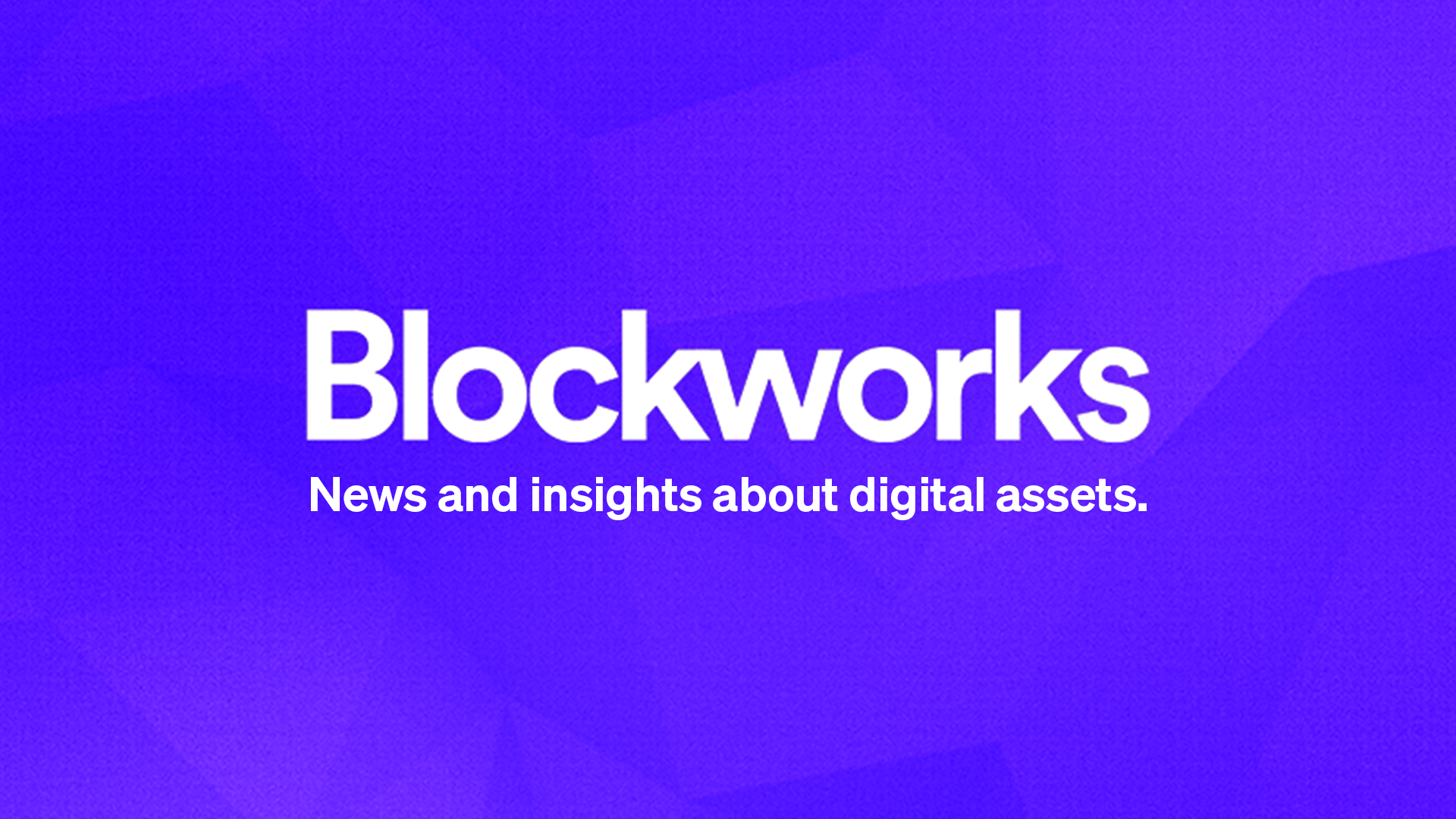ARTICLE AD BOX
DIA has launched the testnet for Lumina, its new modular oracle infrastructure aimed at improving transparency, scalability and integration flexibility. Designed to address common issues with existing oracles, Lumina allows for data aggregation, verification and delivery across blockchains.
Its architecture is distinguished from other oracle solutions such as Chainlink and API3, given its support for multiple messaging protocols, compatibility with non-EVM chains and comprehensive data traceability.
Previously, access to oracle data’s origins and flow was often opaque, but Lumina offers full visibility into the entire process, according to Zygis Marazas, DIA’s head of product.
Read more: Chainlink brings data feeds to Bitcoin L2 Spiderchain
“Users can clearly see the entire data journey, from the source to the final price calculation,” Marazas told Blockworks. This approach aims to build trust in data reliability and accuracy.
The testnet, which went live today, will limit participation. However, the mainnet is scheduled for release in Q1 2025 and will operate as a fully permissionless network. In addition to nodes, new chains and assets that need oracles services can plug in without direct involvement from DIA’s team. This eliminates the need for manual onboarding processes.
“You can set up your own oracles if you wish, completely permissionlessly,” Marazas explained. This functionality is expected to appeal to developers working on emerging rollups and specialized blockchain ecosystems, where speed and autonomy are critical.
This functionality should enable the long tail of assets to make their way into DeFi, Aiham Jaabari told Blockworks. Jaabari is the co-founder of Silo Finance, which uses DIA oracles.
“Very few oracle providers provide data feeds beyond the blue chips — so that’s why we’re kind of excited about Lumina,” Jaabari said. “Technically speaking, you can actually create an oracle permissionlessly on a [layer-2] for really any token asset.”
Lumina’s architecture is designed to integrate a wide variety of data sources. By aggregating data from multiple origins, including blockchain networks and external APIs, Lumina ensures broad coverage and accuracy.
“You can get data from any source — offchain or onchain — from the hundreds of feeds that exist right now in the market,” said Marazas.
To enhance scalability, Lumina employs an OP Stack-based rollup, called Lasernet. For data availability, Lumina uses Celestia, making its rollup an optimium — the optimistic rollup equivalent of a validium.
Read more: So your layer-2 is ‘secured by Ethereum’ — what does that mean?
Marazas noted the team was impressed by Celestia’s roadmap to one gigabyte blocks, and considers the scaling benefits to outweigh the minor risk introduced by adding a dependence, a view in line with the broader modular trend.
While Lumina is optimized for Ethereum rollups, it is also designed to support non-EVM ecosystems such as Cosmos and Move-based chains. It uses Hyperlane as a cross-chain messaging protocol, but can work with other standards if needed.
Lumina’s flexibility extends further with support for both push and pull models of data delivery, allowing users to choose the approach that best suits their needs. “Some customers prefer [a] pull-based approach, where they can get prices on demand, but there are other cases where push-based [updates] can be more efficient,” he added.
Ultimately, it’s the flexibility that Silo’s Jaabari sees as a selling point. “Having control over the oracle is as important as the feed itself because there’s no one methodology that fits all assets,” he said.
Jaabari is also a fan of the layer-2 strategy, calling it “the cheapest way to process the data and make it available.”
Decentralization is a key part of Lumina’s roadmap. Although the testnet will initially rely on whitelisted data feeders, DIA plans to gradually open participation to anyone in 2025, introducing staking and slashing mechanisms to ensure data accuracy.
“The vision of our protocol is that eventually it is going to run without the core team being involved,” said Marazas.
Start your day with top crypto insights from David Canellis and Katherine Ross. Subscribe to the Empire newsletter.
Explore the growing intersection between crypto, macroeconomics, policy and finance with Ben Strack, Casey Wagner and Felix Jauvin. Subscribe to the Forward Guidance newsletter.
Get alpha directly in your inbox with the 0xResearch newsletter — market highlights, charts, degen trade ideas, governance updates, and more.
The Lightspeed newsletter is all things Solana, in your inbox, every day. Subscribe to daily Solana news from Jack Kubinec and Jeff Albus.
 9 months ago
429563
9 months ago
429563







 English (US) ·
English (US) ·